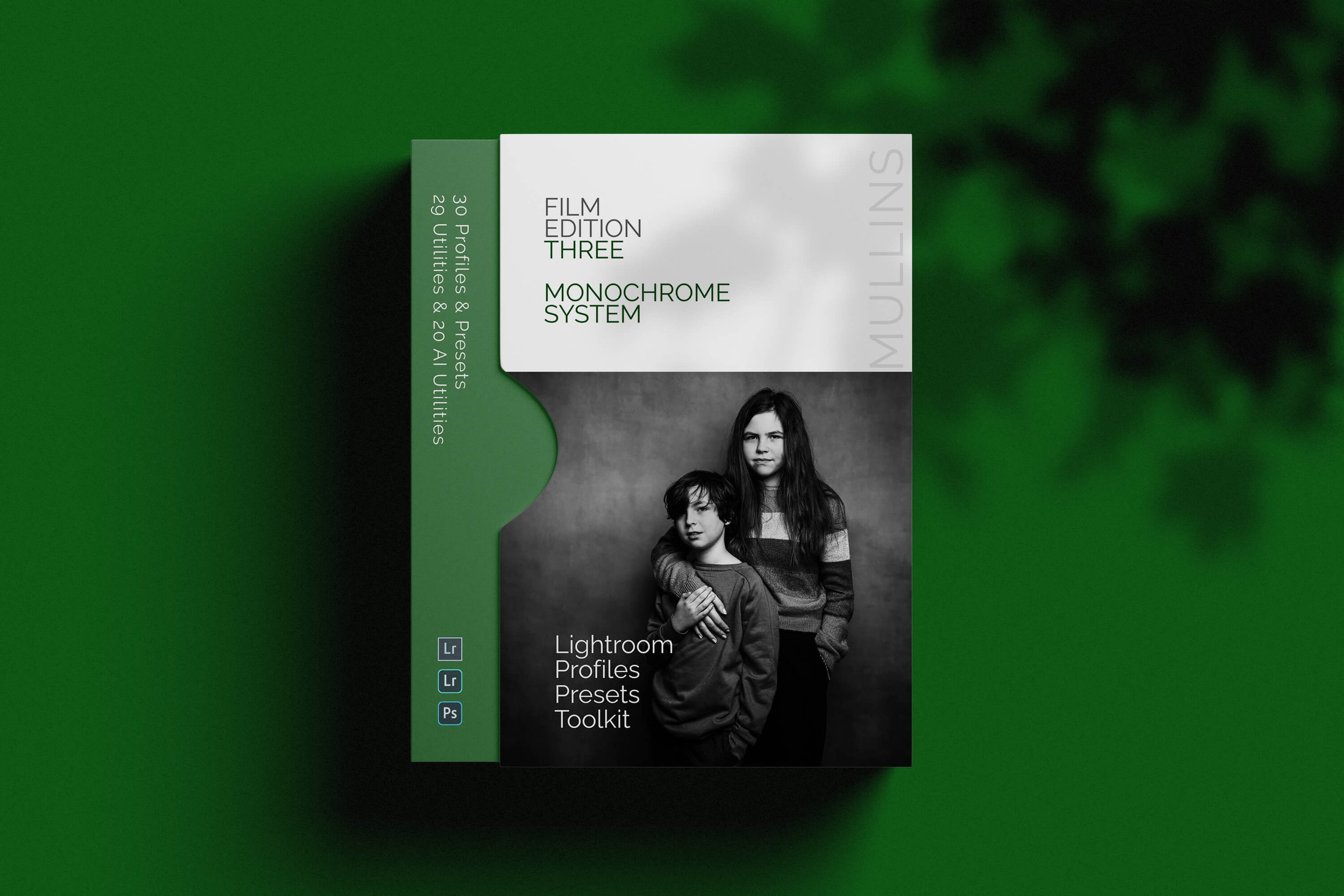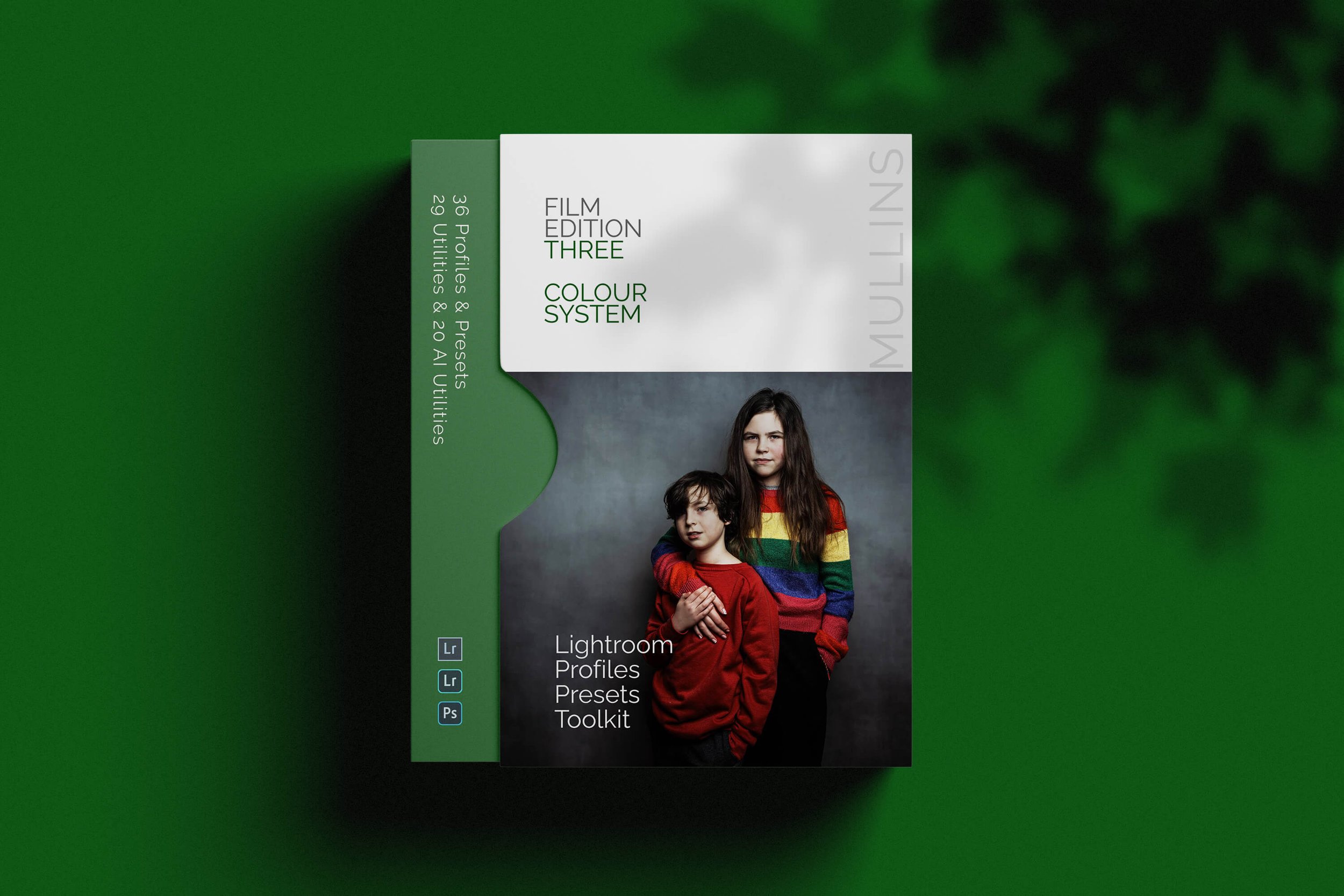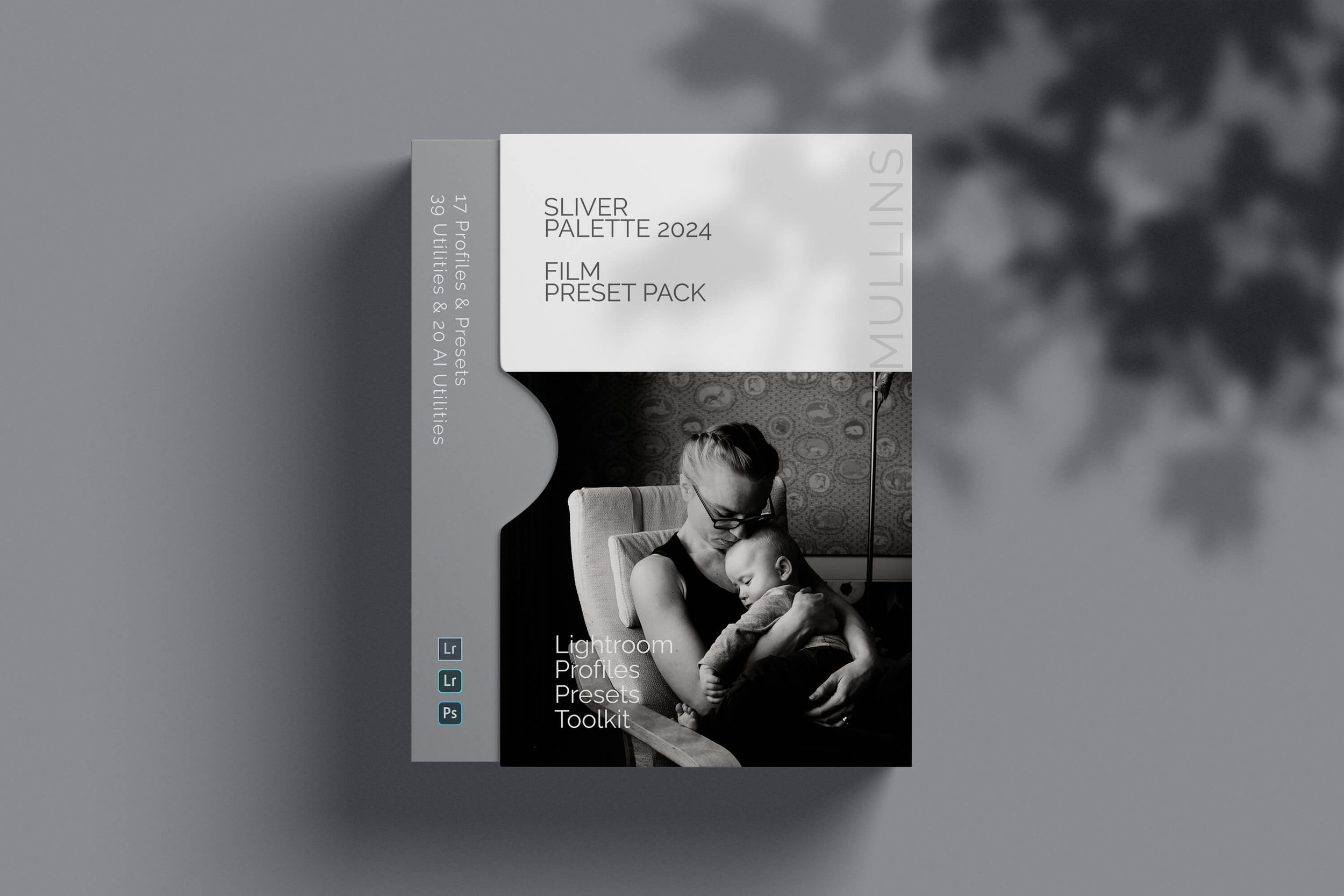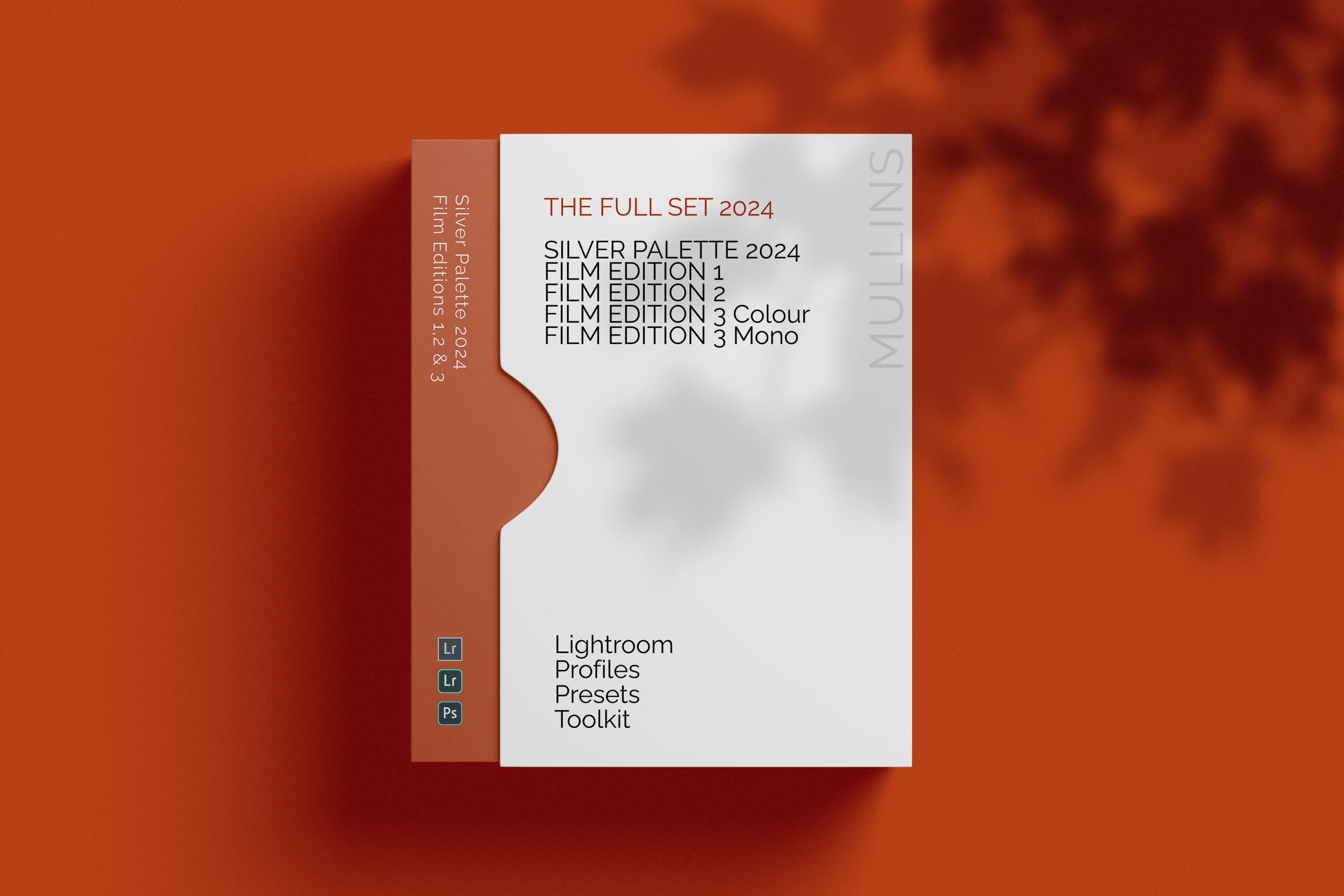Fujifilm X-M5 Review
Is the Fujifilm X-M5 the Right Camera for You?
The Fujifilm X-M5
Fujifilm’s X-Series cameras have a strong reputation for their film simulations, compact designs, and excellent image quality.
The Fujifilm X-M5 is one of the smallest X-Series cameras to date. While it’s packed with features, it also makes some interesting trade-offs.
So, is this the perfect everyday carry camera or a compromised budget model?
In this video, I dive into the pros, cons, and real-world usability of the X-M5.
Excuse the interruption, but do you fancy a portfolio review with Kevin?
I regularly do this myself, and getting an educated and informative critique of my work from somebody who is detached from it helps me to continue to evolve.
These sessions can be weddings, street, or social family / personal photography, though it’s best not to mix genres during the review.
Fujifilm X-M5 Key Features
Ultra-Compact & Lightweight
The X-M5 measures 112 x 67 x 38 mm and weighs 355g. Compared to the X-T30 II (118 x 83 x 47 mm, 378g), this camera is smaller and lighter, making it an excellent option for travel, vlogging, and casual photography.
However, the smaller size means a shallower grip and reduced button space.
If you have larger hands or prefer a more solid feel, you might want to try it in person first.
PASM Dial – A Shift for Fuji Users
Unlike traditional Fujifilm cameras, which feature dedicated shutter speed, ISO, and aperture dials, the X-M5 uses a PASM dial—similar to those of Canon and Sony mirrorless cameras.
This is great for users switching from other brands, but long-time Fujifilm shooters might find it a bit of an adjustment.
The trade-off? A more compact design that appeals to vloggers and travel photographers.
No IBIS, But It Has Digital IS
Unlike the X-T5 or X-S20, the X-M5 does not have in-body image stabilisation (IBIS). Instead, it features Digital Image Stabilization (DIS), which:
✅ Works even with non-stabilised lenses
✅ Helps smooth handheld video footage
❌ Crops the image slightly
❌ Isn’t as effective as IBIS for extreme shake
If stabilisation is important to you, pairing the X-M5 with an OIS lens (like the Fujifilm 18-55mm f/2.8-4) will give you better results for handheld shooting.
9:16 Short Video Mode – A Vlogger’s Dream?
One unique feature of the X-M5 is its 9:16 Short Video mode, designed for social media creators.
Instead of flipping the camera vertically, it records a 1080 x 1920 crop from the centre of the frame while keeping the camera in a normal landscape position.
👉 Best for: Quick Instagram Reels, TikToks, and YouTube Shorts
👉 Not ideal if: You want 4K vertical video or plan to edit the framing later
No EVF – LCD Only
Unlike many other Fuji cameras, the X-M5 has no electronic viewfinder (EVF). You’ll compose entirely using the LCD screen, which is fine for vlogging and casual photography but can be tricky in bright sunlight.
Film Simulation Dial – Useful or Gimmick?
Fuji has included a dedicated Film Simulation dial on top of the camera, letting you quickly switch between Fuji’s famous film looks. However, not all simulations are available on the dial, so you’ll still need to use the menu for full access.
I have an entire section on my website dedicated to custom Fujifilm JPEG recipes, check it out!
Battery Life & SD Card Slot
Uses the older NP-W126S battery, rated for 360 shots per charge
Single UHS-I SD card slot (slower write speeds)
If you’re planning a full day of shooting, carry spare batteries, especially if you’re recording video.
Fujifilm X-M5 Autofocus – Surprisingly Good!
One of the biggest strengths of the X-M5 is its autofocus system, which is on par with higher-end Fujifilm cameras like the X-T5 in my opinion.
✅ AI-powered subject detection – Recognizes humans, animals, birds, vehicles, and more
✅ Tracking AF works well – Even in Continuous AF mode
✅ Face & eye detection is solid – But human detection is a separate menu setting (like all Fuji cameras), making it a bit less intuitive to switch between modes
For casual shooting, portraits, and even moderate action, the X-M5’s autofocus is fantastic for the price.
Who Should Buy the Fujifilm X-M5?
Ideal for:
✔ Travel & everyday photography – Ultra-lightweight, compact, and easy to carry
✔ Vloggers & content creators – Flip screen, digital IS, and 9:16 video mode
✔ Fujifilm beginners – A more intuitive PASM dial setup than traditional Fuji cameras
Not ideal for:
❌ Professional work – No dual card slots, no IBIS
❌ Long-time Fuji users – PASM dial instead of classic controls
❌ People who rely on an EVF – LCD-only operation
Final Thoughts – Should You Buy the X-M5?
I actually first saw the X-M5 before Christmas when someone brought one to one of my Street Photography Workshops—and they absolutely loved it.
It’s quirky but certainly has a place in the Fuji line-up. As an everyday carry camera, it’s a brilliant little option. And I imagine vloggers and content creators will be especially drawn to it at this price point.
Personally, I don’t NEED this camera, but I have to admit, I kind of want one. My daughter, who travels more, would love this, and I can see a lot of people enjoying it as a compact Fuji companion.
Fujifilm X-M5 FAQ
-
Yes! The PASM dial and intuitive menu system make it easier to use than traditional Fujifilm cameras with dedicated exposure dials. It’s lightweight, compact, and great for casual photography, travel, and vlogging.
-
No, the X-M5 does not have IBIS, but it features Digital Image Stabilization (DIS) for video. If you need stabilization for still photography, using an OIS lens (like the Fujifilm 18-55mm f/2.8-4) is the best solution.
-
Yes, the X-M5 is a great vlogging camera thanks to:
✅ Flippy touchscreen for easy framing
✅ 9:16 Short Video Mode for quick social media content
✅ Digital IS for smoother handheld video
✅ Compact, lightweight designHowever, it lacks 4K 60p recording and IBIS, so serious videographers may prefer the X-S20.
-
No, the X-M5 does not have an EVF—you compose shots using the LCD touchscreen. This is fine for vloggers and casual shooters, but if you prefer using a viewfinder, you may want to look at cameras like the X-T30 II or X-T5.
-
The X-M5 has the same AI-powered autofocus system as the Fujifilm X-T50, meaning:
✅ Fast & accurate subject tracking
✅ Face & eye detection for humans, animals, birds, and vehicles
✅ Joystick or touchscreen selection for AF pointsIt’s great for everyday shooting but may struggle with fast-moving subjects at varying speeds compared to Fujifilm’s high-end cameras
-
The X-M5 uses the NP-W126S battery, rated for around 360 shots per charge. If you shoot a lot of video or travel frequently, bringing extra batteries is highly recommended.
-
Yes! The X-M5 is fully compatible with all Fujifilm X-mount lenses, giving you access to Fujifilm’s excellent lineup of primes and zooms.
-
No, there is no built-in flash on the X-M5. If you need flash, you’ll need to use an external flash via the hot shoe, which supports TTL flash units.
-
The X-M5 is a fantastic choice if you want:
✔ A small, lightweight camera for everyday use
✔ A great travel or vlogging camera
✔ Fujifilm’s film simulations & color scienceHowever, if you need IBIS, an EVF, or dual card slots, you might be better off with other Fujifilm models like the X-T5 or X-S20.
Related Posts:
🔗 My Fujifilm JPEG Recipes Collection
🔗 Fujifilm X-T5 Review – My Thoughts
A Note On My Lightroom Presets
Check out my Lightroom presets and profiles. Each one is built using hand-crafted look-up table (LUT) colour profiles.
Unlike most Lightroom Presets, they go beyond the usual slider-only approach, giving your images a distinct cinematic style without any extra fuss.
















